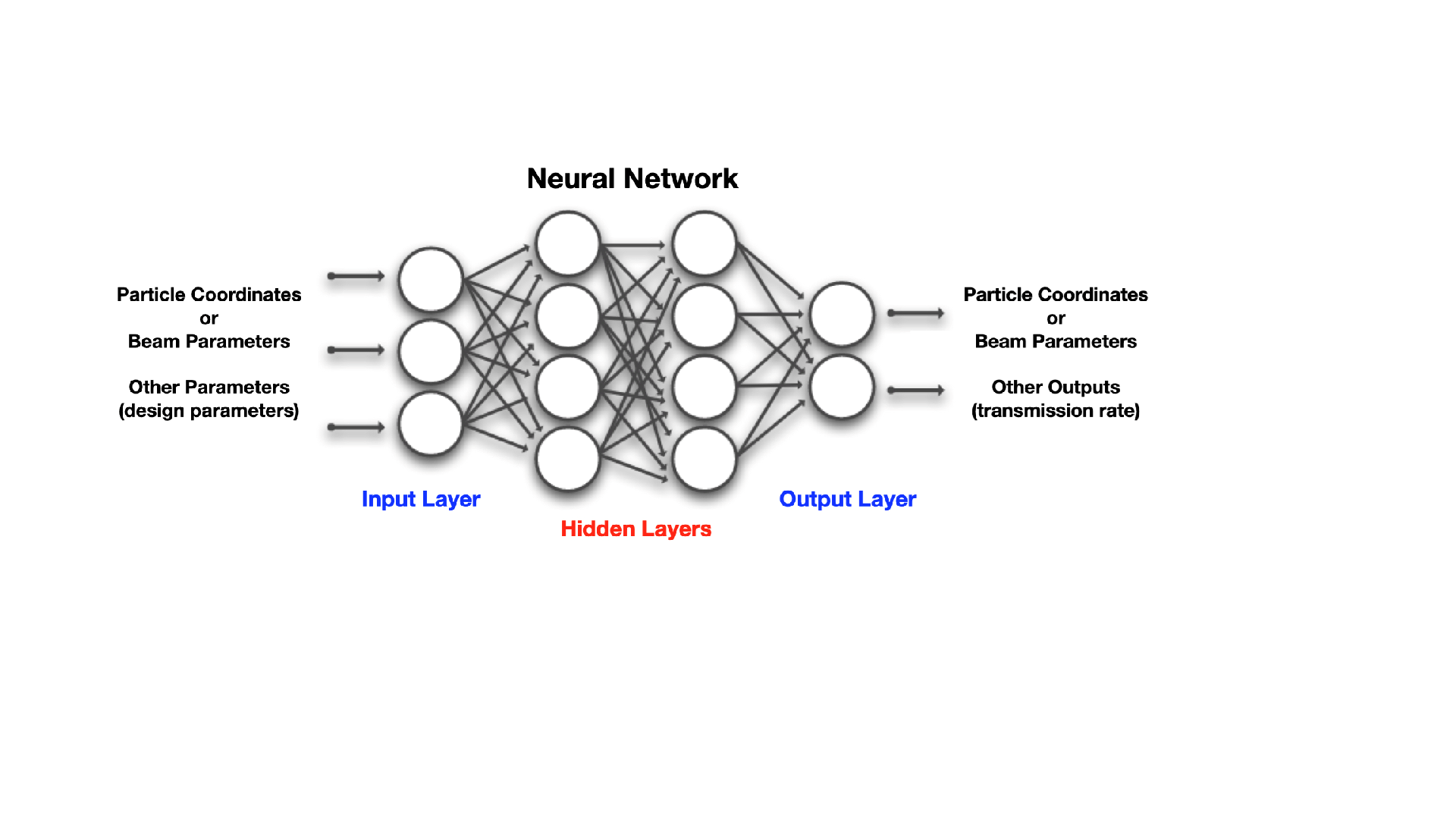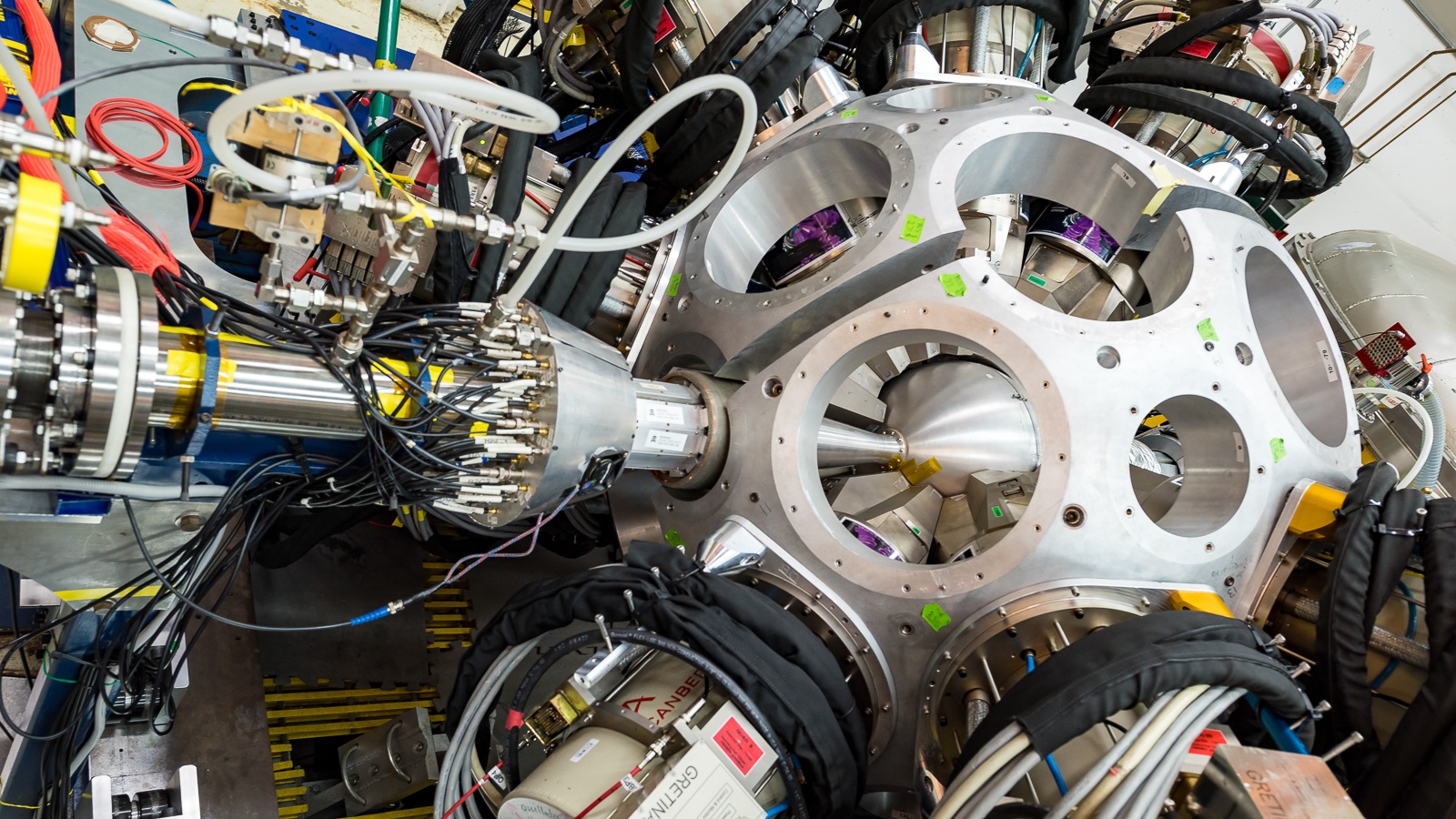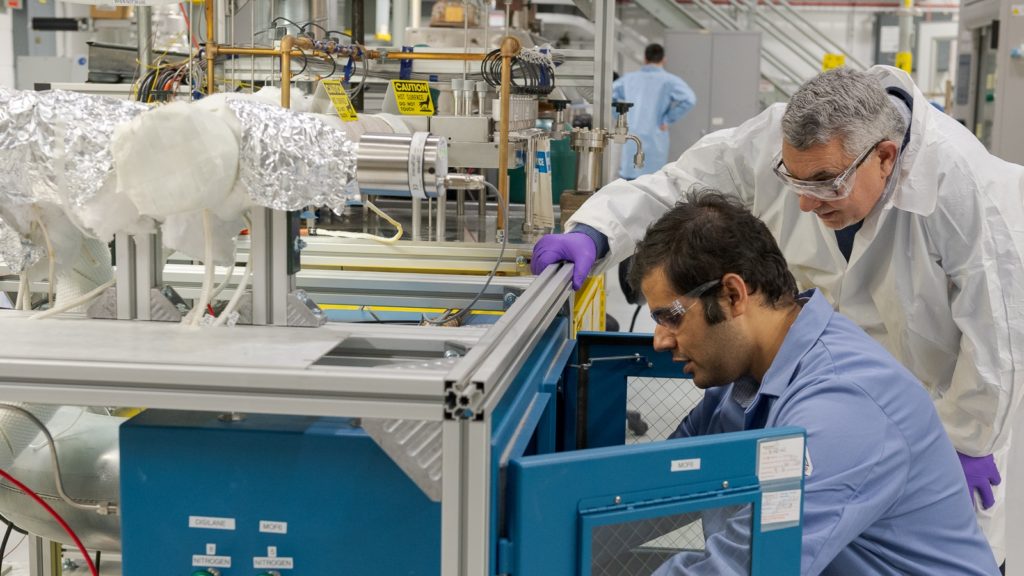Three Argonne projects will receive funding to use AI and machine learning for nuclear physics accelerators and detectors.
Tag: Argonne Tandem Linac Accelerator System (ATLAS)
Laser shots at National Ignition Facility could spark additional discoveries in astrophysics
Using the Argonne Tandem Linac Accelerator System (ATLAS), a team of scientists is studying the environment created during laser shots at the National Ignition Facility to better understand its potential as a testbed for nuclear astrophysics research.
Media Tip: Scientists use Argonne accelerator to study star-like environment created during National Ignition Facility laser shots
The recent achievement of fusion ignition at the National Ignition Facility (NIF) marks a monumental scientific step in controlling the physics involved in the quest for future limitless clean energy.
People of Argonne’s history: A look at leaders who made Argonne what it is today
Since its founding, Argonne has employed and partnered with innovators whose contributions have dramatically pushed the frontiers of our understanding and improved the world.

Eight ways Argonne advanced science in 2020
Throughout 2020, Argonne answered fundamental science questions and provided solutions for the world.

Argonne scientists to use AI and machine learning to “tune” user facilities, starting with ATLAS
Argonne scientists awarded funding to improve Argonne Tandem Linear Accelerator System.

Explosive nuclear astrophysics
An international team has made a key discovery related to “presolar grains” found in some meteorites. This discovery has shed light on stellar explosions and the origin of chemical elements. It has also provided a new method for astronomical research.

Argonne’s pioneering user facility to add magic number factory
A forthcoming N = 126 Factory will investigate one of the great questions in physics and chemistry: how were the heavy elements from iron to uranium created?

Argonne discovery offers new way to coat nuclear materials
Argonne scientists have discovered a new way to coat nuclear materials that supports efforts to minimize use of high-enriched uranium.